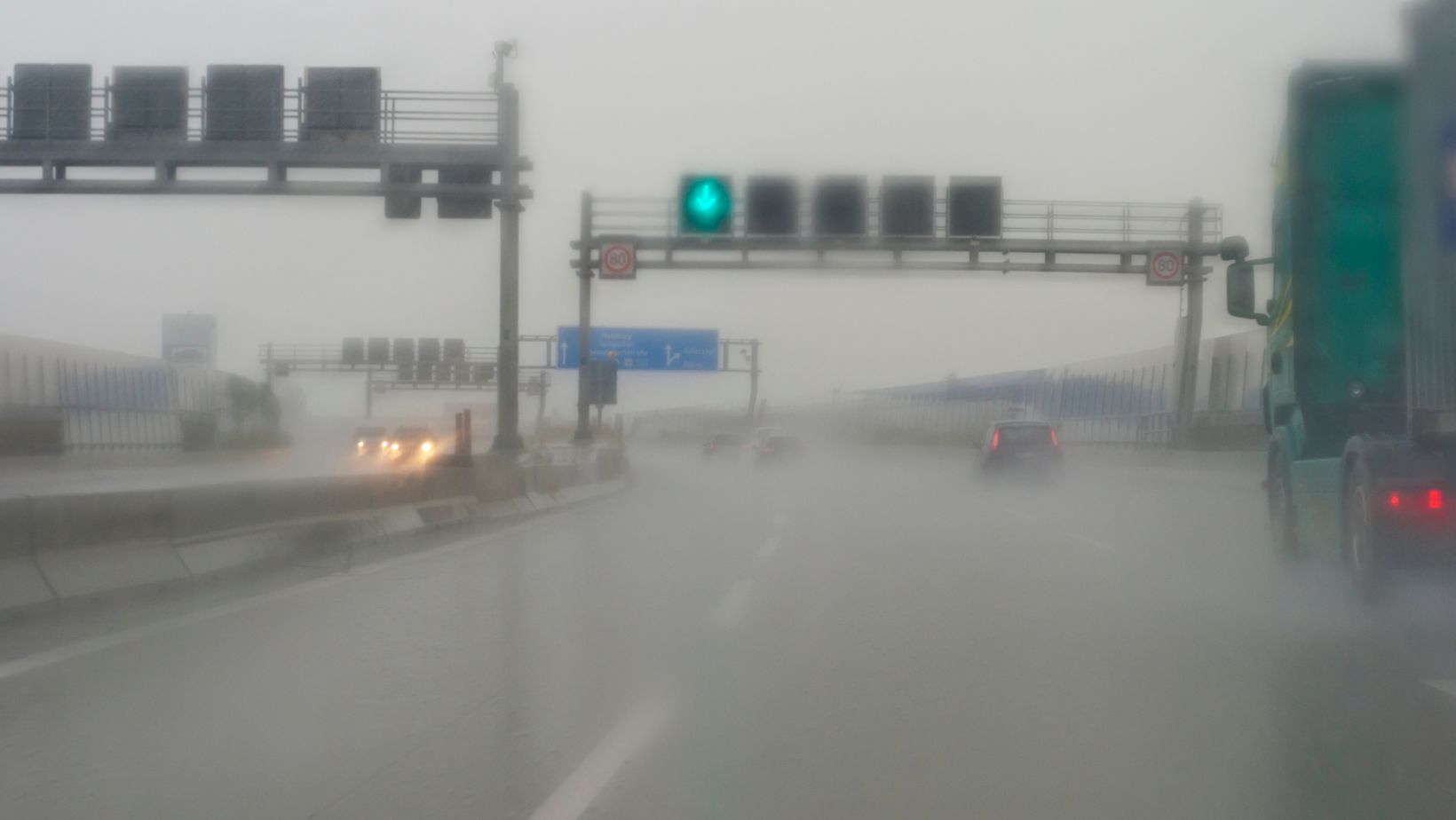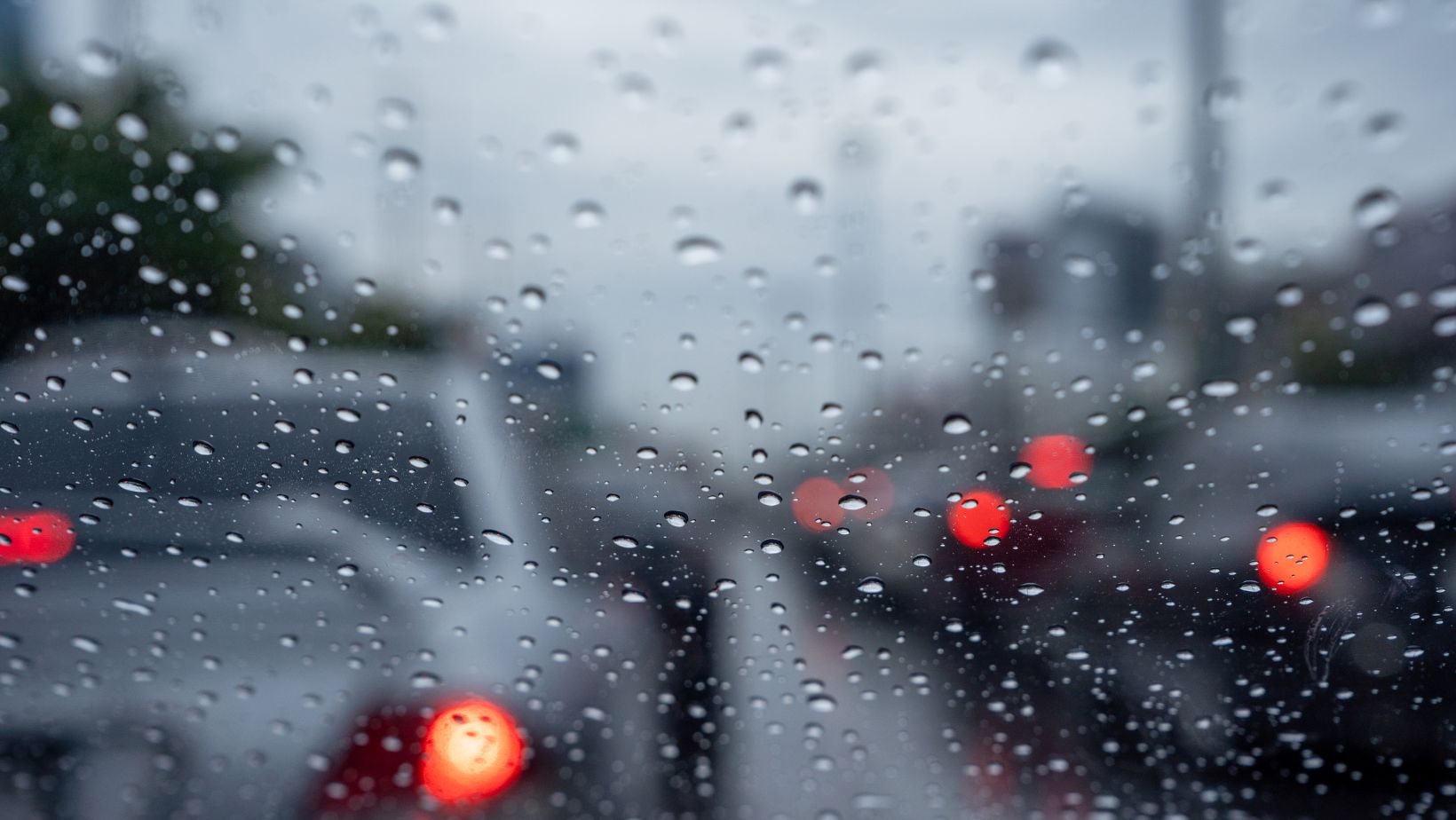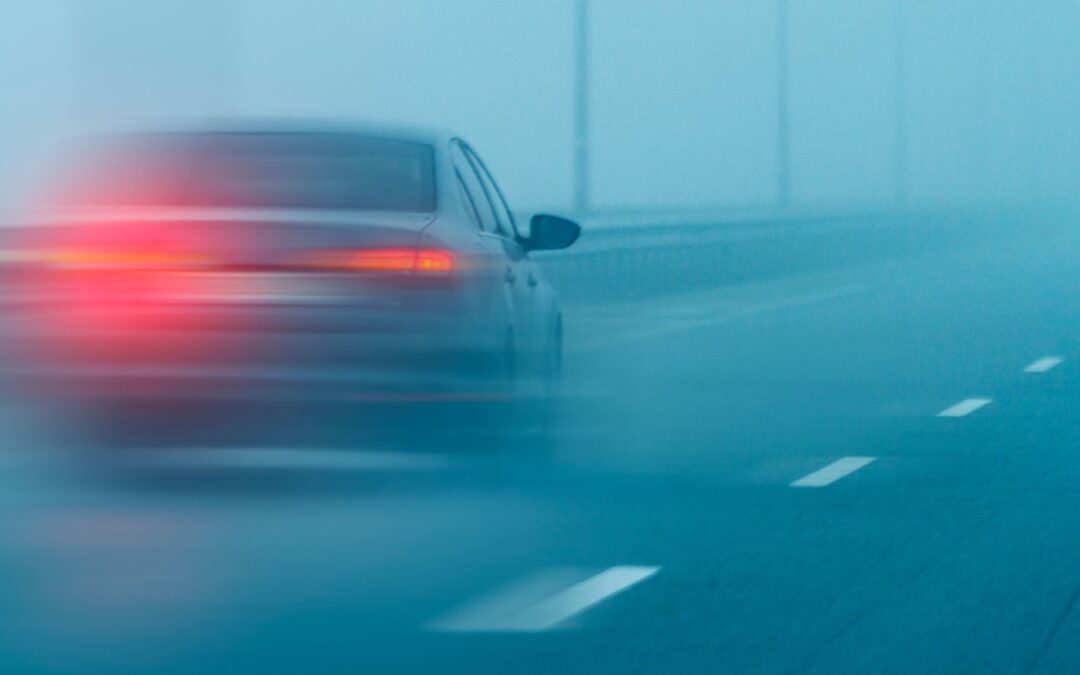Poor visibility is a major cause of many road accidents, especially those involving pedestrians and cyclists. Weather conditions such as fog, heavy rain, dusk, and dawn can significantly impede a driver’s ability to see the road ahead, leading to risky situations. In busy urban areas like Cincinnati, where pedestrian traffic is high, ensuring visibility is critical to ensuring safety.
For those who have been injured in accidents where visibility may have played a role, legal support is essential. Seeking the guidance of Cincinnati’s trusted advisors for pedestrian accident injuries can provide victims with the necessary assistance to deal with the consequences of such incidents. These professionals understand the complexities involved and can help ensure that victims receive the compensation they are entitled to.
Impact of Weather Conditions on Visibility
Weather conditions can have a significant impact on the safety of drivers and passengers on the road, especially when it comes to visibility impairments. Fog, rain, and snow can drastically reduce a driver’s ability to see other vehicles, pedestrians, and road signs, making it difficult to react to sudden changes in the traffic environment. As a result, drivers must exercise caution and adjust their driving behavior to ensure their safety and the safety of others on the road.
One of the primary dangers of reduced visibility caused by inclement weather is slower reaction times. Drivers may not be able to see other vehicles, pedestrians, or obstacles on the road until it is too late to avoid them. This can result in collisions, injuries, and even fatalities. Drivers must take extra care during these conditions, reducing their speed and increasing their following distance to give themselves more time to react to any sudden changes.
Another risk associated with inclement weather is hydroplaning, which occurs when water on the road causes tires to lose contact with the surface. When this happens, drivers lose control of their vehicles, making it difficult to steer or brake effectively. To prevent hydroplaning, drivers should make sure their tires are properly inflated, reduce their speed, and avoid sudden movements or hard braking.
Night Driving and Reduced Visibility
Driving at night can be challenging due to reduced visibility. Without natural light, drivers must rely heavily on their vehicle’s headlights and any available street lighting, which may not always be sufficient.

Areas with poor street lighting pose a significant danger to pedestrians who may cross the road unexpectedly or be on parts of the road without sidewalks. In such circumstances, drivers may not be able to see pedestrians until it’s too late. As a result, accidents are more likely to occur.
To minimize these risks, several improvements can be made. One such improvement is to install more powerful street lamps. This can help provide better illumination on the roads, making it easier for drivers to see potential hazards. Another improvement is to paint reflective paint on road surfaces. This can help reflect light from vehicles’ headlights, making the road easier to see. Lastly, ensuring pedestrian pathways are well-lit is crucial. This helps pedestrians see where they are going and allows drivers to see them more clearly.
Driving at night requires extra caution due to poor lighting conditions. To reduce the risk of accidents occurring after dark, it is essential to make improvements such as installing better street lighting, using reflective paint on road surfaces, and ensuring pedestrian pathways are well-lit. These enhancements can significantly improve visibility and help drivers react more effectively to potential hazards, making the roads safer for everyone.
Design and Maintenance of Road Infrastructure
The visibility on roads is significantly affected by the design and maintenance of road infrastructure. Properly designed intersections, well-maintained street lights, and clearly visible road signs are essential for preventing accidents. However, if these elements are missing or poorly maintained, the risk of accidents increases.
Cities should ensure that infrastructure is not only well-designed but also regularly maintained. This involves replacing burnt-out bulbs in street lamps, ensuring that foliage does not obstruct signs or lights, and repainting faded road markings that can wear away over time due to traffic and weather conditions.
The Role of Vehicle Lights and Reflectors
Vehicle lights and reflectors are vital for enhancing visibility, not just for the vehicle itself but also for making it visible to others. Headlights, taillights, and reflective materials are designed to make vehicles more noticeable, especially under poor visibility conditions. However, if these are not properly maintained or used correctly, their effectiveness is compromised.
To ensure optimal visibility, it is essential for vehicle owners to conduct regular checks on their lighting equipment. This includes cleaning dirty headlights, replacing any burnt-out bulbs, and using reflective tapes on parts of the vehicle that may be less visible. By doing so, drivers can significantly reduce their chances of being involved in an accident due to poor visibility.
Promoting Safe Driving in Poor Visibility Conditions
Driver behavior significantly influences road safety, particularly when visibility is compromised. It’s crucial for drivers to adapt their habits accordingly to ensure safety on the roads. Here are some essential behaviors and awareness strategies:

- Reduce Speed: Lower speeds provide more reaction time to respond to unexpected conditions.
- Increase Following Distance: More space between vehicles allows for safer stopping distances in reduced visibility.
- Heightened Vigilance: Drivers should be extra alert for pedestrians, cyclists, and unexpected obstacles.
- Awareness Campaigns: Educational initiatives play a vital role in informing drivers about the risks associated with poor visibility and the precautions necessary to mitigate those risks.
- Alter Driving Habits: Campaigns can effectively change driving behaviors, significantly reducing the incidence of visibility-related accidents.
Legal Implications and Support for Accident Victims
When accidents occur due to poor visibility, determining liability can be complex. Legal experts specialize in analyzing these situations to establish fault, taking into account factors like weather conditions, vehicle maintenance, and driver behavior.
Legal professionals assist in gathering evidence, such as weather reports and witness statements, to build a compelling case for those affected by poor visibility. Their expertise ensures that the compensation claims address all aspects of the victim’s losses, from medical expenses to lost wages.
My name is Andrea Thompson and I’m a home based freelance writer. I’m 23 years old, married to my best friend, and mother to a wonderfully independent and opinionated 3 year old girl and step-mother to a sweet seven year old boy. I live in a tiny, little town in Kentucky, where I spend my free time fishing with my kids.
Writing has always been my passion, which I followed through high school, and for a while in college. Life happened, and once I discovered we were pregnant, I switched directions; opting for the healthcare industry because of the stability.
Finally, years later, I was in a place where I could leave the day job that never truly made me happy, and pursue my dreams. I’ve built, and am still building, my writing career from scratch. But, I’m passionate and I’m good at what I do. And, in the end, I can prove to my daughter that she can do anything she wants with this life.





